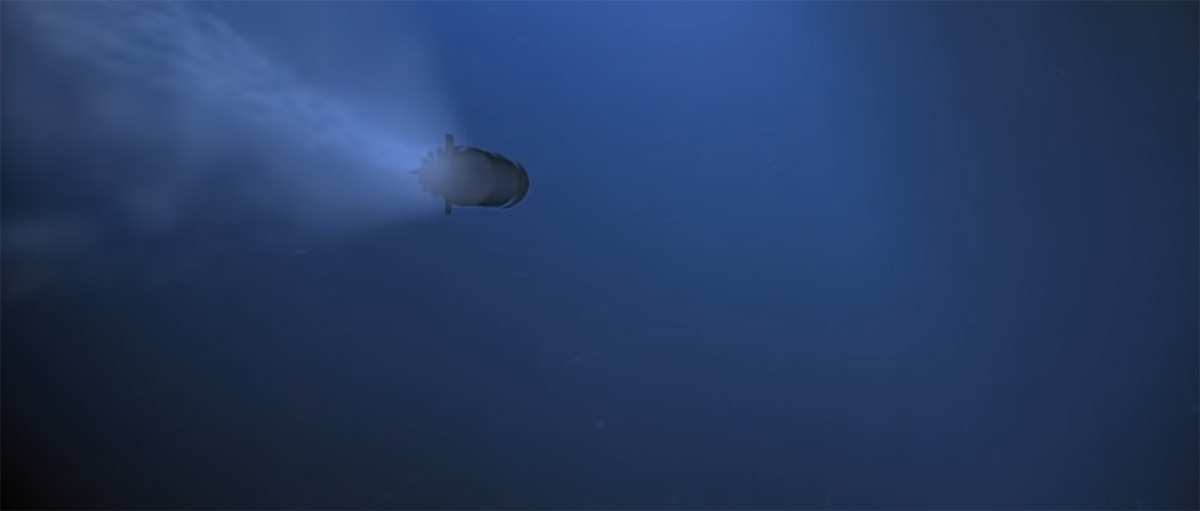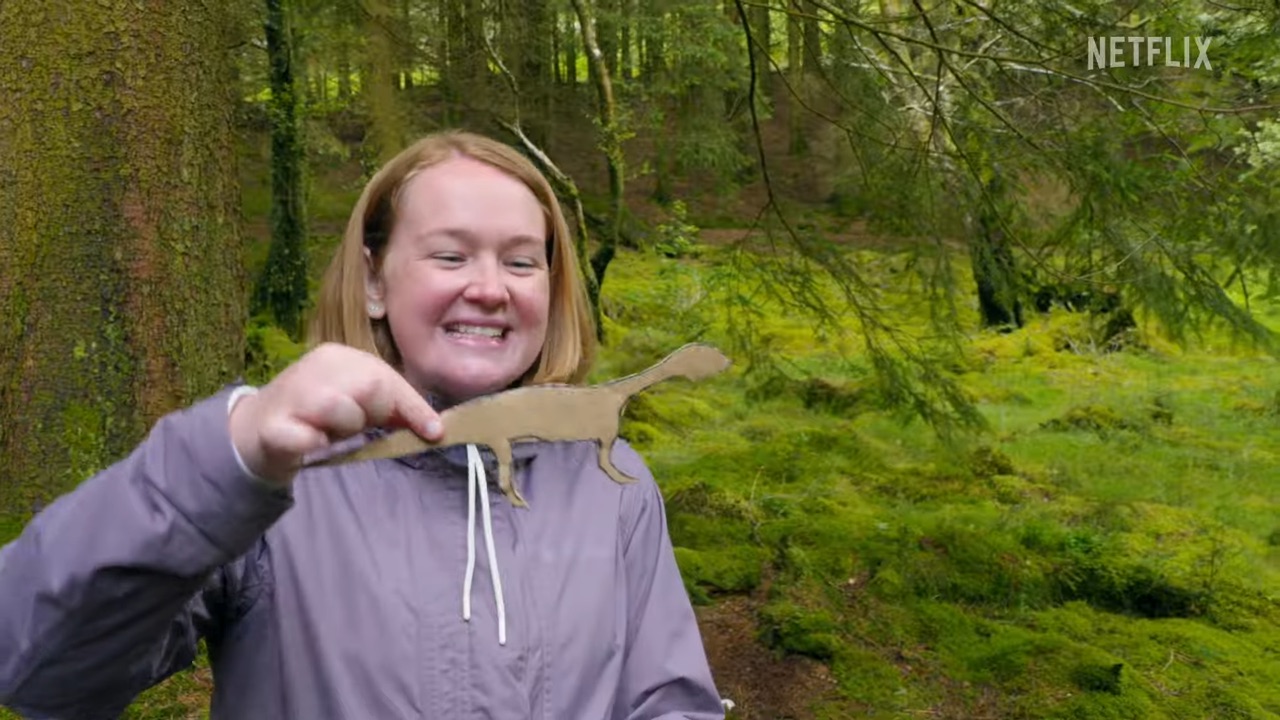A deep, er, dive on the early ILM particle system tool, psys
The Hunt for Red October is just about to celebrate its 30th anniversary. The film is well known for its intricate submarine undersea choreography, achieved primarily with miniature subs in smoke-filled sets, motion control cameras, and gantries, and optical compositing.
ILM, which took over the effects for the film quite late in the game, also employed its nascent computer graphics technology to realize submarine and missile bubbles trails and water flow around the ‘dry-for-wet’ models. Scott Squires was ILM’s visual effects supervisor.
A tool that ILM had at its disposal for that particle work was called psys, written by Scott E Anderson. Remember, these were the days only just past The Abyss and right before Terminator 2: Judgment Day. Anderson, who would go on to be a multiple VFX Oscar nominee (for Starship Troopers and Hollow Man) and a winner for Babe, shared the full story behind psys with befores & afters, including his ideas behind the software and that time on Hunt when they had to learn to wrangle some rogue particles.
Scott E Anderson: Psys was basically the first general purpose particle system tool at ILM/Lucasfilm. Had I known we would talk about it 30 years later, I might have given more thought to the name! I took the theory from an old SIGGRAPH paper and wrote a programming language, and an interpreter for it, to allow for a TD to control motion, flow and arrangements for particles and the physics of their motions. As it was based in a scripting language, it was designed to be used by TDs and digital artists, not just programmers.
Particle systems and the ‘Genesis Effect’ were things that attracted my attention when I was in school and just thinking about the amazing things CGI could do. I had started a project based on that idea when I was in school that I never got to finish. So when I got to ILM, checking out that history was high on my agenda. Luckily Hunt came around. Unfortunately, what Bill Reeves (who by then was part of Pixar) and the team before us had done was pretty specific to that work – and not so general purpose. What I set out to do was create something based on what I had always imagined a particle system tool could do – and that was psys.
Every water shot on Hunt that went through ILM went through psys and my hands. We had nicknamed the white dots seen in the water flow (the models were shot dry for wet) as ‘plankton’. I wanted my credit to be as a ‘plankton wrangler’ on the show, but some others didn’t see the humor in that, so I had to stick to TD!
While I had envisioned psys in my mind, I was actually writing the code psys as we went, adding new features as each new kind of shot appeared, and, in between, rendering the generic plankton elements that optical would use in the other shots. During that crunch of coding and rendering shots, I had no time to teach others – but I knew enough about development to make it extensible with an eye on the future.
Hunt was also one of the first shows where we tightly integrated simulations with motion control work and the motion control data. I believe Doug Smythe was indeed the one who put that together.
While a big step forward, it was also filled with surprises. I think the funniest of those was when we tracked our first torpedo.
After a process, we received both the camera and torpedo data from the stage and the motion control system. However, we weren’t quite thinking about all of the cheats used in the model world. On the first pass of the particle system test, when I plugged the model data that I was given into psys I wound up with a torpedo trail that looked like a sparkler sitting in a kid’s hand! The bubbles moved and rotated and did everything they were supposed to…except follow the torpedo as it went away from camera.
What we were reminded of – or learned very quickly – was that the images on stage were lies (in the best sense of it). They had moved the camera back, versus moving the torpedo away. Perfectly valid as the screen image worked, but the physics didn’t. Without a moving torpedo, our bubbles basically sat in the water instead of following the torpedo. The camera moved back as it should, but we didn’t get the trails we expected.
Once we combined the camera and torpedo motion, most things worked much better. Over time our integration with the stages got much better very quickly as we had an enormous number of shots to do! As the shots got more complex, we would also have to figure out how to combine and split motions into the proper camera and model motions.
Our lesson was simple: the system worked, but as computers are want to do, psys did what we told it to do versus what we wanted it to do!
Unfortunately, we were limited by schedule as to what we could have done (that is another story). The initial ideas for the project, psys and the flow of the underwater world were much more extensive. We had ideas of color layers and an almost painterly blend of water and ship flow. By the time we actually started on the show, all the particles/bubbles were limited to basically being white dots and streaks so that the optical department could also burn them into shots.
There was way more work than digital could do alone at that time, and barely enough time for all of ILM to do the work required! It was quite the crushing schedule. Add in an earthquake and some aftershocks for good measure.
When Hook came around after that, one of the traditional FX animators who we had been cross training with suggested that we show it to Eric Brevig. However, I had had enough of the particles at that point. My deal then was that I would extend the code for what they needed and teach a new team how to use it, as long as I didn’t have to do every shot!
It went on like that for years. As new shows and shots came up requiring new features, a new module was written and given to the team. Psys was a core part of what we used from then on and, as I understand, for quite a while after I left.
You can find out a lot more about the visual effects of The Hunt For Red October in Cinefex #42, at the always incredible moon-city-garbage agency blog (lots of behind the scenes photos) and in this Sense of Scale interview with modemakers Greg Jein and Bruce Macrae.


















